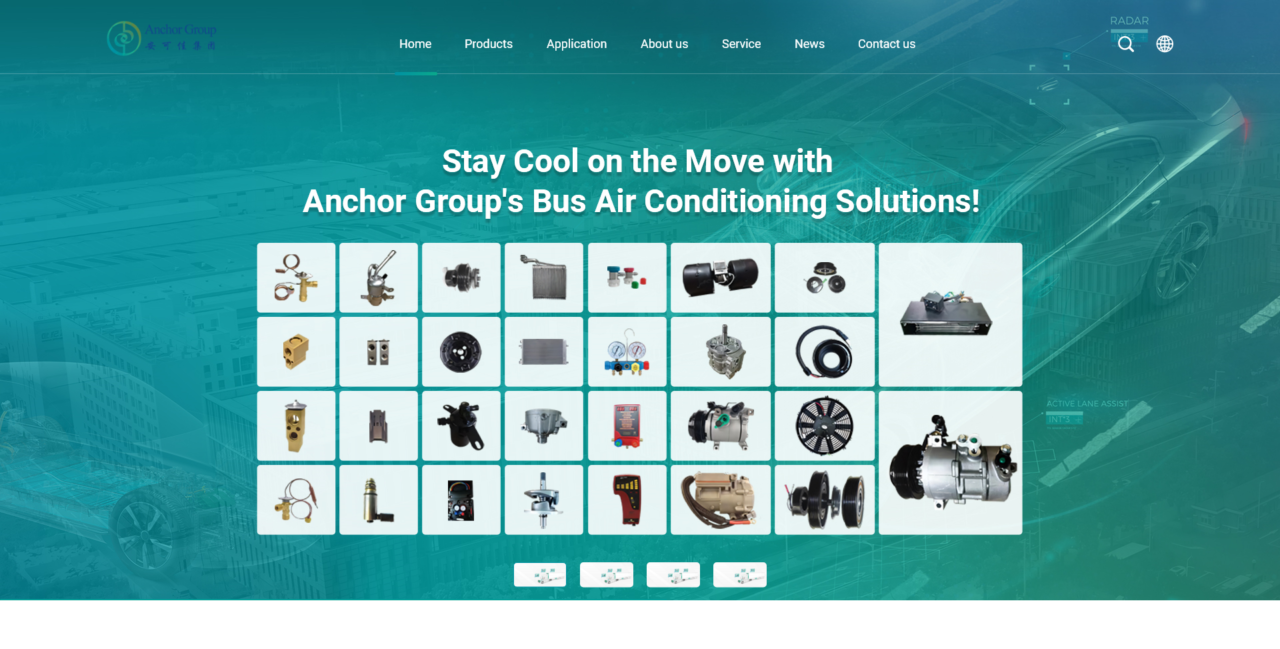
Introduction
In the dynamic realm of agriculture, where efficiency and comfort are paramount, the integration of aftermarket air conditioning kits for tractors marks a significant advancement. These kits not only enhance operator comfort but also contribute to the overall efficiency of farming operations. This comprehensive guide explores the benefits, features, and considerations associated with aftermarket air conditioning kits for tractors, shedding light on their pivotal role in modern agricultural practices.
Understanding the Need
Operator Comfort
Farming often entails long hours spent in the field, subjecting operators to varying weather conditions. Aftermarket air conditioning kits alleviate discomfort by providing a cool and comfortable environment within the tractor cabin, ensuring operators remain focused and productive throughout their tasks.
Equipment Performance
High temperatures can adversely affect machinery performance, leading to decreased efficiency and potential breakdowns. Air conditioning systems help maintain optimal operating temperatures, preserving the integrity of critical components and prolonging the lifespan of tractors.
Features and Benefits
Enhanced Cooling Capacity
Aftermarket air conditioning kits are designed to deliver powerful cooling performance, effectively lowering cabin temperatures even during scorching summer days. This ensures operators can work comfortably regardless of external weather conditions.
Customizable Solutions
These kits offer customizable solutions tailored to the specific requirements of different tractor models. From compact utility tractors to large-scale agricultural machinery, aftermarket air conditioning kits can be seamlessly integrated to meet the unique needs of each application.
Energy Efficiency
Modern aftermarket air conditioning systems prioritize energy efficiency, utilizing advanced technologies to optimize cooling performance while minimizing power consumption. This not only reduces operational costs but also promotes sustainability within the agricultural sector.
Durability and Reliability
Built to withstand the rigors of agricultural environments, aftermarket air conditioning kits are engineered using high-quality materials and components. Their robust construction ensures durability and reliability, even in demanding field conditions.
Considerations for Installation
Compatibility
Before purchasing an aftermarket air conditioning kit, it is essential to ensure compatibility with the tractor model. Manufacturers often provide compatibility guides or offer assistance to help customers make informed decisions.
Professional Installation
While some enthusiasts may attempt DIY installations, professional installation is recommended to ensure proper integration and functionality. Experienced technicians possess the expertise and tools necessary to install aftermarket air conditioning kits correctly.
Maintenance and Care
Regular Inspections
Routine inspections are crucial to ensure the continued performance of aftermarket air conditioning systems. Inspecting components such as filters, condensers, and refrigerant levels helps identify potential issues early on and prevent costly repairs.
Filter Replacement
Regular filter replacement is essential to maintain air quality and system efficiency. Clogged or dirty filters can restrict airflow, reducing cooling capacity and placing additional strain on the system.
Professional Servicing
Periodic servicing by qualified technicians is recommended to address any maintenance needs and ensure optimal system performance. Professional servicing may include refrigerant recharge, leak detection, and overall system inspection.
Conclusion
Aftermarket air conditioning kits for tractors represent a significant advancement in agricultural technology, offering enhanced operator comfort and equipment performance. With their customizable solutions, energy-efficient designs, and robust construction, these kits are revolutionizing agricultural practices worldwide. By prioritizing comfort and efficiency, farmers can optimize their operations and maximize productivity, ensuring a prosperous future for the agricultural industry.
